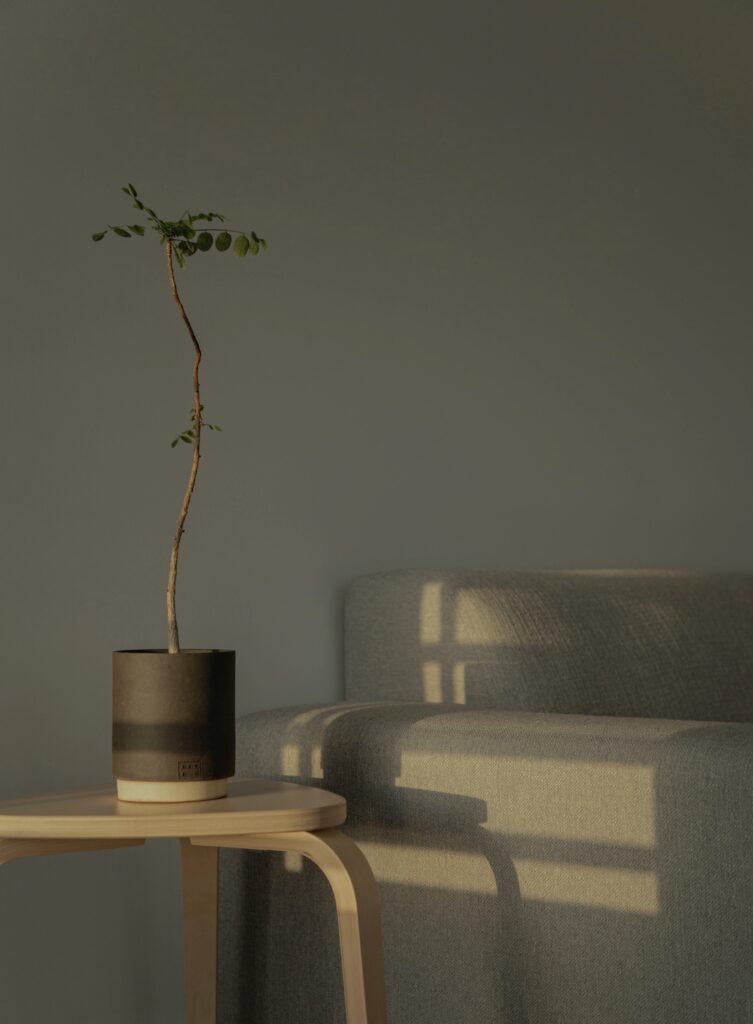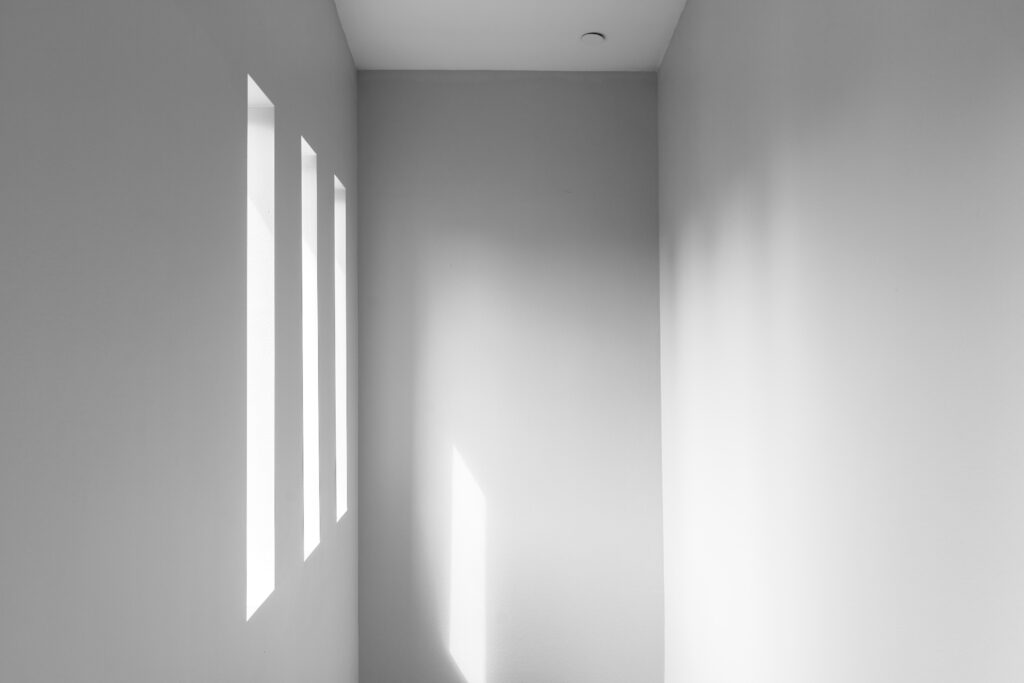You’ve just moved into your new shipping container home, eager to embrace a minimalist lifestyle. However, you’re faced with a challenge – how can you effectively tap into the abundance of natural light that surrounds you? In this article, we’ll explore creative and practical ways to maximize the use of natural light in your shipping container home, transforming it into a bright and inviting space that seamlessly merges with the outdoors. From skylights to strategic placement of windows, you’ll discover a myriad of inspiring ideas to let the sunlight flood in and enhance your living experience.



This image is property of images.unsplash.com.
Understanding the Importance of Natural Light
Natural light is a vital element that can greatly enhance the functionality and aesthetics of your shipping container home. Beyond its visual appeal, natural light offers a range of health benefits, improves energy efficiency, and can create a more inviting and comfortable living environment. By understanding the importance of natural light, you can make informed decisions when designing and planning your container home.
Health Benefits of Natural Light
Exposure to natural light has numerous health benefits that can positively impact your overall well-being. It helps regulate your body’s internal clock, known as the circadian rhythm, which is responsible for regulating sleep-wake patterns and hormone production. Natural light exposure during the day can improve your mood, boost productivity, and enhance cognitive function.
Moreover, natural light is a rich source of Vitamin D, which is crucial for maintaining bone health and supporting a strong immune system. By maximizing natural light entry points in your container home, you can promote a healthier and more vibrant lifestyle for yourself and your family.
Enhancing Aesthetics with Natural Light
Natural light has the ability to transform a space, making it feel more open, spacious, and inviting. Its presence can accentuate architectural features, highlight textures and colors, and create a dynamic and visually pleasing environment. By embracing natural light, you can enhance the aesthetic appeal of your shipping container home and create a warm and welcoming atmosphere.
Energy Efficiency Improved by Natural Light
Embracing natural light not only enhances the beauty of your container home but also contributes to its energy efficiency. By utilizing natural light during the day, you can reduce your reliance on artificial lighting, leading to lower energy consumption and decreased utility bills. Additionally, the heat from natural sunlight can help warm up your home during colder months, reducing the need for excessive heating.
Planning Natural Light Entry Points
When designing your shipping container home, careful consideration should be given to the orientation and placement of windows, skylights, and doors with glass panels. These strategic choices can significantly impact the amount of natural light that enters your space.
Importance of Your Container Home’s Orientation
The orientation of your container home plays a crucial role in maximizing natural light entry. Ideally, you should aim to orient your home in a way that allows for the maximum exposure to sunlight throughout the day. By orienting the longest sides of your container home towards the east and west, you can benefit from ample morning and afternoon sunlight.
Locating Windows for Optimal Natural Light
When determining the placement of windows, consider the path of the sun throughout the day. South-facing windows tend to receive the most sunlight, making them ideal for capturing natural light. However, it’s important to strike a balance between maximizing natural light and avoiding excessive heat gain during warmer months.
Incorporating Skylights and Solar Tubes
Skylights and solar tubes are innovative solutions for bringing natural light into areas of your container home that may lack windows. Skylights can be strategically placed in areas with limited access to natural light, while solar tubes are tubular devices that redirect outdoor light into rooms or spaces with limited roof access. Both options can significantly increase the amount of natural light in your container home.
Considering Doors with Glass Panels
Doors with glass panels, such as sliding or French doors, are another effective way to introduce natural light into your container home. These doors not only provide an additional source of natural light but also create a seamless transition between indoor and outdoor living spaces. Consider incorporating doors with glass panels in areas where visual connectivity and natural light are desired.



This image is property of images.unsplash.com.
Choosing Window Types and Sizes
When selecting windows for your container home, it’s important to consider the varying types and sizes available. Each option comes with its own set of advantages and disadvantages, and the size of the windows will impact the amount of natural light that enters your space.
Pros and Cons of Different Window Types
There are several window types to choose from, including casement, awning, double-hung, and fixed windows. Casement windows are hinged on the side and open outward, allowing for maximum ventilation and unobstructed views. Awning windows are similar but hinged at the top, making them ideal for areas where airflow control is important. Double-hung windows have two movable sashes that can be adjusted for both ventilation and natural light. Fixed windows, on the other hand, do not open but are excellent for maximizing natural light and views. Consider the pros and cons of each window type to determine what best suits your needs.
Determining Appropriate Window Sizes
The size of your windows will influence the amount of natural light that enters your shipping container home. Larger windows allow for more natural light, but they may also lead to increased heat gain in hotter climates. Balancing the desired amount of natural light with energy efficiency is essential.
Retrofitting Containers for Larger Windows
If you have already built or purchased a shipping container home with smaller windows, don’t despair. Retrofitting your containers to accommodate larger windows is a possibility. However, consult with a professional to ensure that the structural integrity of your container is not compromised during the modification process.
Impact of Window Sizes on Light
By carefully selecting the appropriate window sizes, you can control the amount of natural light that enters your space. Consider factors such as room size, function, and desired light levels when choosing window sizes. A thoughtful approach will ensure that your container home receives the perfect amount of natural light.
Creating Light Reflections with Strategic Interior Designs
In addition to maximizing natural light entry points, you can further enhance the brightness of your container home by utilizing strategic interior design techniques that promote light reflection.
Utilizing Light Coloured Walls and Ceilings
Light-colored walls and ceilings contribute to the overall brightness of a space by reflecting natural light. Opt for shades of white, cream, or pastels to create an airy and luminous atmosphere. This helps distribute natural light evenly throughout your container home and makes it feel more open and spacious.
Strategic Placement of Mirrors
Mirrors are incredibly effective in amplifying natural light and creating the illusion of additional space. By strategically placing mirrors opposite windows or in areas where light may be limited, you can reflect and distribute natural light. Consider incorporating mirrors as statement pieces or in functional locations such as in bathrooms or above consoles.
Choosing Reflective Surfaces for Furniture and Decor
Selecting furniture and decor with reflective surfaces can also contribute to the overall brightness of your container home. Items such as glass tables, polished metal accents, or mirrored finishes can help bounce natural light around the space. Additionally, incorporating furniture with open designs or light-colored upholstery can prevent light obstruction and visually lighten the room.



This image is property of images.unsplash.com.
Incorporating Open Floor Plans
Open floor plans have gained popularity for their ability to create fluid and interconnected living spaces. Beyond their versatility and social appeal, open floor plans also promote the presence and flow of natural light throughout your container home.
Benefits of an Open Floor Plan
By eliminating walls and barriers, an open floor plan maximizes the penetration of natural light into your container home. It allows light to travel from one space to another, eliminating dark corners and creating a sense of connectivity. Open floor plans also encourage better airflow, creating a more comfortable and inviting environment.
How Open Floor Plans Promote Light
In an open floor plan, the absence of walls allows natural light to bounce off surfaces and travel freely throughout the space. The uninterrupted flow of light creates a warm and welcoming atmosphere and reduces the need for artificial lighting during the day. By embracing an open floor plan, you can maximize the benefits of natural light in your container home.
Considerations when Designing an Open Floor Plan
While open floor plans offer numerous advantages, it’s important to consider the specific needs and functions of each area within your container home. Designate different zones for living, dining, and kitchen spaces to maintain functionality within the open layout. Additionally, consider using furniture and decor to define and delineate each area without impeding the movement of natural light.
Using Transparent Materials and Partitions
Transparent materials and partitions are effective solutions for incorporating natural light while maintaining the desired level of privacy and division within your container home.
Glass Walls and Dividers
Glass walls and dividers offer a way to separate spaces while still allowing natural light to flow freely. They create visual connectivity and a sense of openness while providing privacy and noise reduction. Consider using glass walls or dividers in areas where natural light is needed but maintaining separate zones is essential, such as between bedrooms and living areas.
Transparent or Semi-transparent Window Treatments
Window treatments play a crucial role in controlling privacy and light in your container home. Opt for transparent or semi-transparent materials, such as sheer curtains or blinds, to allow natural light to filter through. These treatments preserve your view and prevent a harsh contrast between indoor and outdoor light levels.
Using Glass Furniture for Light Reflection
Glass furniture can serve as a practical and aesthetically pleasing addition to your container home. Coffee tables, dining tables, or shelves made of glass allow natural light to pass through, visually expanding the space and creating an elegant and modern look. By incorporating glass furniture, you can further enhance the presence of natural light and create a stylish and inviting atmosphere.
Innovative Lighting Solutions
In addition to natural light, there may be instances where artificial lighting is still necessary. By adopting innovative lighting solutions, you can ensure that your container home is well-lit and efficient.
Integrating Solar Tubes
Solar tubes, also known as sun tunnels, are an energy-efficient alternative to traditional artificial lighting. These tubular devices capture natural light from the roof and direct it through reflective surfaces into rooms or areas with limited access to windows. By integrating solar tubes, you can introduce natural light into previously dark or windowless spaces, reducing the need for artificial lighting during the day.
Exploring Light Shelves Potential
Light shelves are horizontal surfaces placed above windows to bounce natural light deeper into a room. They effectively capture and redirect sunlight, enhancing the presence of natural light in spaces with limited direct sunlight. Light shelves are particularly useful in areas where excessive direct sunlight could cause glare or overheating.
Considering Clerestory Windows
Clerestory windows are a design feature that originated in medieval architecture and have been adapted for modern homes. These windows are placed high on a wall, allowing natural light to penetrate into the room while maintaining privacy. Clerestory windows can create a dramatic visual effect and provide additional natural light without compromising wall space.
Landscaping for More Natural Light
The external environment surrounding your container home can significantly impact the amount of natural light that enters your space. By carefully planning and incorporating landscaping elements, you can optimize the availability of natural light.
Placement of Trees and Plants
Strategically placing trees and plants can help filter and control the amount of sunlight that reaches your container home. Deciduous trees, for example, can provide shade during hot summer months while allowing sunlight to pass through during the winter. Consider the growth patterns and foliage density of plants, ensuring they do not obstruct natural light entry points.
Using Reflective Outdoor Surfaces
Utilizing reflective outdoor surfaces such as light-colored paving stones or decking can help bounce natural light back up towards your container home. Reflective surfaces redirect sunlight, ensuring that it reaches the windows and skylights, ultimately brightening your interior spaces. Incorporating these surfaces into your outdoor landscaping can contribute to a brighter and more vibrant living environment.
Creating Outdoor Spaces that Reflect Light
Designing outdoor spaces to maximize natural light reflection can have a positive impact on the light levels inside your container home. Consider using materials such as white gravel, light-colored furniture, and strategically positioned mirrors in your outdoor areas to reflect and amplify natural light. Creating outdoor spaces that are conducive to light reflection will contribute to an overall brighter and more enjoyable living experience.
Addressing Privacy Concerns
While maximizing natural light is essential, it’s equally important to address privacy concerns in your shipping container home. By utilizing appropriate design strategies and materials, you can strike a balance between natural light and privacy.
Combining Natural Light and Privacy
Creating a sense of privacy without compromising natural light can be achieved through thoughtful design choices. Placement of windows and skylights should consider neighboring structures, the layout of your property, and privacy concerns. By utilizing strategic positioning and appropriate window treatments, you can maintain privacy while still benefiting from abundant natural light.
Privacy Solution: Frosted or Stained Glass
Frosted or stained glass is an excellent privacy solution that still allows natural light to filter through. Utilizing these types of glass can maintain privacy in areas where it is desired, such as bathrooms or bedrooms, while still creating an airy and bright atmosphere. Frosted or stained glass can also add a touch of style and uniqueness to your container home’s interior design.
Using Internal Window Shades or External Covers
Window shades and covers offer a flexible option for managing privacy and controlling the amount of natural light in your container home. By adopting internal window shades or external covers, such as blinds or shutters, you can easily adjust the level of privacy and light according to your preferences. These versatile solutions provide a balance between privacy and natural light throughout the day.
Managing Heat and Insulation
While natural light is beneficial, it’s important to address heat gain and insulation to maintain a comfortable living environment. With proper planning and design choices, you can optimize the benefits of natural light while minimizing heat gain.
Balancing Light and Temperature
To strike a balance between natural light and temperature control, consider the climate in which your container home is located. If you are in a hotter region, choose windows with low-emissivity (low-e) coatings or reflective glazing to reduce heat transfer. In colder climates, opt for windows with high solar heat gain coefficient (SHGC) values to increase heat gain during cooler months.
Insulating Your Shipping Container
Proper insulation is crucial in creating a comfortable living environment and reducing energy consumption. Insulate your shipping container home to minimize temperature fluctuations and protect against excessive heat gain or loss. This will ensure that your space remains comfortable and energy-efficient year-round.
Choosing Energy-efficient Windows
When selecting windows, choose energy-efficient options that are designed to minimize heat transfer. Look for windows with low U-values, which indicate better insulation, and high-quality weather stripping to prevent drafts. By choosing energy-efficient windows, you can retain more natural light while reducing heat gain or loss.
Utilizing Window Coverings for Heat Control
Window coverings such as blinds, shades, or drapes can play a significant role in managing heat gain and enhancing insulation. During hotter months, close window coverings during peak sun exposure to prevent excessive heat from entering your container home. Conversely, open coverings during colder months to allow natural sunlight to warm up your space. By utilizing window coverings strategically, you can maintain a comfortable indoor temperature while still enjoying the benefits of natural light.
In conclusion, understanding and utilizing natural light in your shipping container home is essential for creating a healthy, energy-efficient, and visually appealing living environment. By carefully planning natural light entry points, choosing appropriate window types and sizes, incorporating strategic interior designs, embracing open floor plans, utilizing transparent materials, exploring innovative lighting solutions, optimizing landscaping, addressing privacy concerns, and managing heat and insulation, you can fully harness the benefits of natural light in your container home. With the right design choices and a thoughtful approach, your container home can be transformed into a bright, inviting, and sustainable living space that truly embraces the power of natural light.
